Saffron souvenirs!
According to the correspondent of the Mashhad Reporters Club, every 150 flowers, one gram of saffron and about 147 thousand fresh flowers, one kilo of dry saffron is obtained. Due to its high taste and aroma, saffron has many uses in the production of food, pharmaceutical and chemical products, and due to the limited cultivation and production, it is an expensive product. Iran with the average production of 100 tons per year has the first place in the field of saffron production. Spain, with a production of 25 tonnes, is ranked second in India, the Spuron Islands, Russia, Singapore, Malaysia, Japan, Taiwan, China, France, Italy, Germany, Australia and Greece with an average production of 25 tonnes. The main center for growing this plant, the desert and Khorasan lowlands and the history of saffron in this region, dates back to 700 years ago. Saffron is one of the few plants that are cultivated in hard biological conditions. Considering that the historical position of saffron in Iran and its origin is Iran, this plant is considered one of the special attractions of Iran. Saffron is a medicinal and industrial herb. The flower of saffron, which is said to be part of the root of the stigma or its redness, is bright in red at the beginning of the harvest, but turns into a red-brown beige. It has a delicious aroma and gives the food a special taste and delicacy. For farmers in Khorasan, saffron (red gold) is the main income. A plant that needs water only twice in the first month of November (before it is produced) and early December (at the end of the harvest), and it is enough for spring, rainwater and snow. Planting, planting, and harvesting creates many opportunities for the job, transportation is not expensive and can be redeemed. From statistics not so detailed about saffron and saffron of Iran it appears that more than a hundred thousand households, especially in the cities of Torbat Heydarieh, Qaenat, Ferdows, Gonabad, Bajestan, Sarayan, Birjand and Kashmar in the provinces of South Khorasan And Razavi spend on this product. Of the 230 tons of saffron produced annually in the world, more than 170 tons of it are produced in Khorasan, while others are mainly produced in Spain, Greece, Morocco, India and Afghanistan. Khorasan Razavi province has the first place in the country with about 172 tons of saffron and 5, 75 percent of its production.
Thus, the first saffron by Iranian exiles by Muawiyah in areas dinner was held, then planting saffron in North Africa and Andalusia (Islamic Spain) and Sqlyh (Sicily) spread ethnic groups such as Rostamian and Bnvtbry in the transmission of culture saffron effective They were. Historical documents reflect the fact that Iranians since ancient times gold and saffron great interest have, as in festivals and servers and ceremonies of joy and happiness, such as weddings and feasts, or welcoming the dignitaries and pilgrims gold and saffron upon the steps were. At some ceremonies, saffron was smoked alone or with musk and amber and flushes rose water. In the Achaemenid era, saffron was used to decorate the pollen of bread and aromatic food. During the Parthian period, Iranian saffron was sent to Greece and Rome, later China became saffron customers in Iran. In the Sassanian era, saffron planting in Qom was also popular and the reputation of its product was known. At the same time saffron was used to pay expensive paper, but earlier saffron solution was used as a writing compound and used for centuries later in composite writing.
In terms of morphology, the characteristics of saffron are divided into morphological characteristics of leaves, stigmas, cream, petals, caesar, onions (soup) and chamomile.
Leaf characteristics: Leaves of saffron are usually 10 cm to 40 cm, with sharp tips, which are darker on the leaves and vary in length. Under the leaf it is clear and it differs in different species of saffron. The thickness of the leaves may be low to high, and different varieties of saffron, such as the Khazari, Zagros, white, purple, beautiful and different.
Stubborn: The color of the string depends on the amount of cardboard and lycopene it contains. It has been seen from red to orange. The hat is three shades and different from the cream, the number of which is three. It may be louder, shorter, and the same, and its length is also different from petals. And it has been seen that in different cultivars in Iran, it is louder, shorter, and somewhat equal. At the end of the stigma, the edges have a hardened state, which is much more pronounced in some saffron cultivars. And the width of the spout depends on the broad-thin species. And the color of the end of the chin has a white stripe that is low to high.
Cream: It has a yellow color, which is very high in some cultivars such as saffron of the Khazari, and in a number such as saffron, yellow zagros are slightly different and different from the cartonoid.
Petal / Casberg: Each of them is 3 and their thickness is low to high.
Saffron cultivation farm
Bowl (Onion): The general shape of the bacon can be elliptical, ductile, rhizome, ovoid, circular, and elliptical. And one of the traits of the case…
Saffron cultivation farm
Bowl (Onion): The general shape of the bacon can be elliptical, ductile, rhizome, ovoid, circular, and elliptical. And one of its traits is the width of the neck, which may be very narrow, narrow, and very broad. The saffron bulb form may be rounded or intact. In terms of thickness, its diameter has been seen at the beginning and end of the bubble, which differs the shape of the bubble. And it is very important in terms of market utilization. In saffron onion, there is also a multinational state, as in all medicinal plants that have onions, there may also be no and no more percentage.
source: yjc /ir
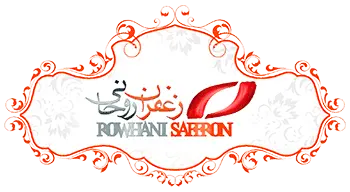
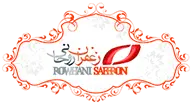

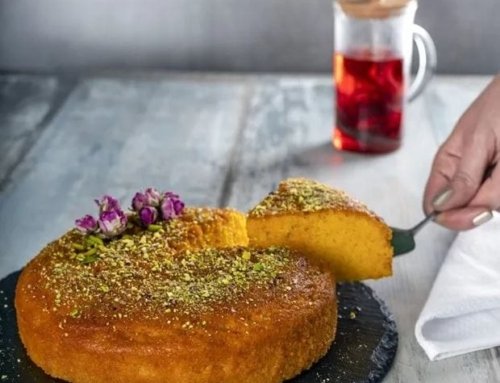
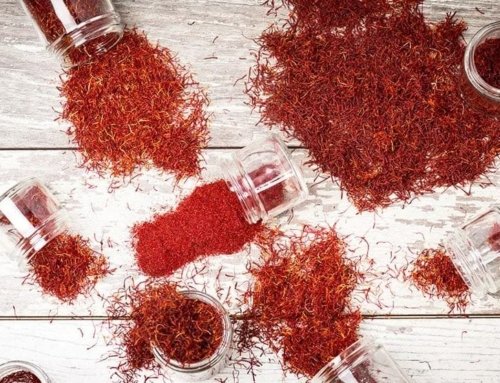
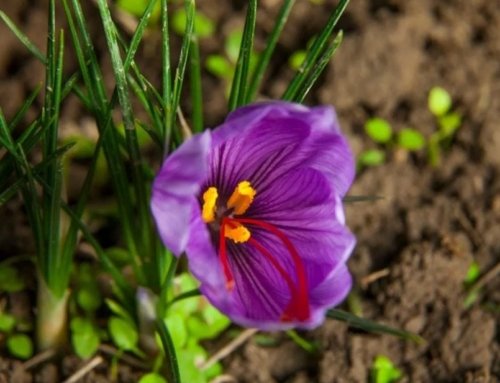

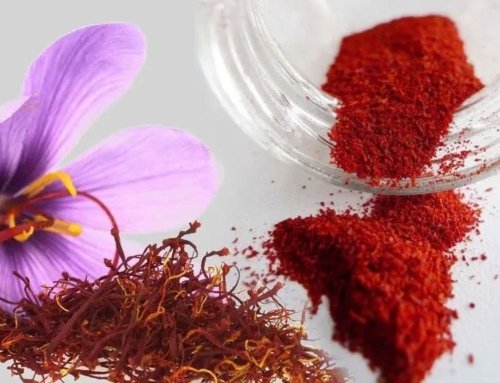
Get Social